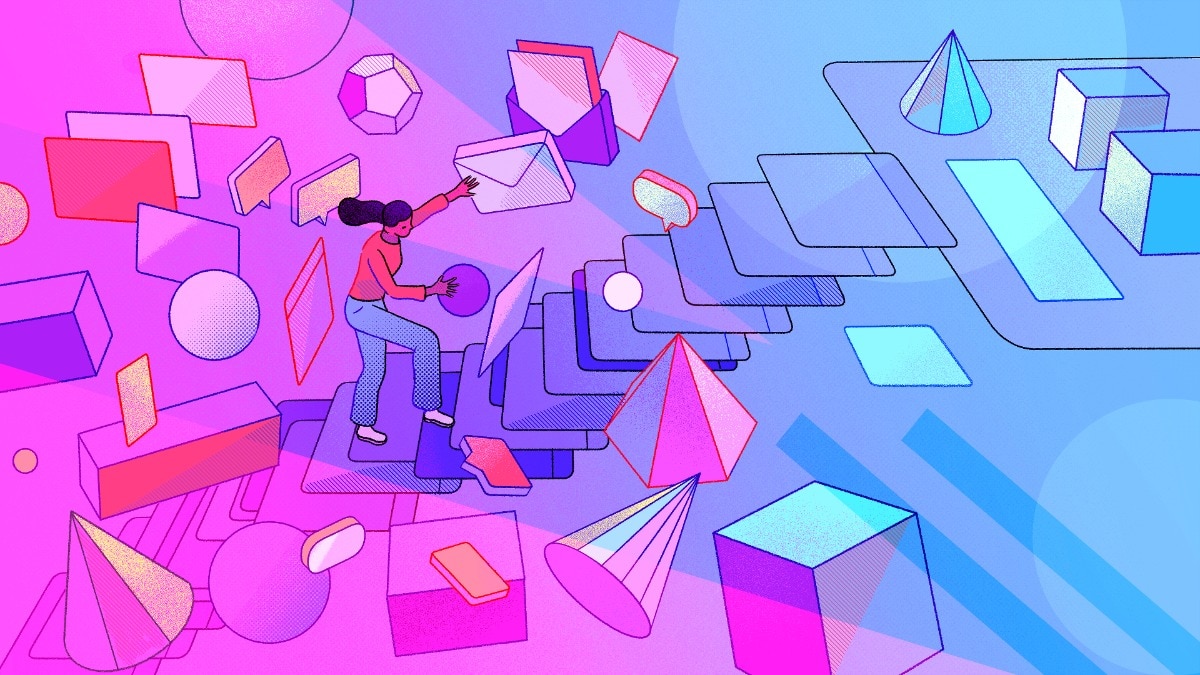Microsoft’s latest 2025 Work Trend Index Annual Report has flagged a new crisis in knowledge work: the rise of the “infinite workday”, a non-stop cycle of emails, meetings, pings and late-night catch-ups that’s blurring the line between productivity and burnout. Drawing insights from trillions of anonymised Microsoft 365 activity signals and a survey of 31,000 workers across 31 countries, the report outlines a growing disconnect between work rhythms and actual impact.
While the report introduces the idea of the “Frontier Firm”, agile organisations powered by AI agents and human-machine teams, it warns that without rethinking workflows, AI could end up accelerating dysfunction rather than fixing it.
The data shows the workday is now stretching into the early morning and late evening, erasing clear start and stop times. Nearly 40% of users are already checking emails by 6 am, and by 10 pm, a third are back in their inboxes. Weekends have also seen an uptick in work activity, with nearly 20% of users checking email before noon on Saturday and Sunday.
One in three employees said the pace of work over the past five years has made it “impossible to keep up.”
“We risk using AI to accelerate a broken system,” the report cautions. “The question isn’t whether work will change. It’s whether we will.”
According to Microsoft, half of all meetings occur during peak productivity windows between 9–11 am and 1–3 pm, robbing workers of focus time. Tuesday has become the most meeting-heavy day, while ad hoc calls (those without calendar invites) now make up 60% of all meetings.
Other trends include:
• A 122% spike in PowerPoint edits during the last 10 minutes before meetings
• 275 interruptions per day from emails, meetings, and notifications
• 30% of meetings now span multiple time zones
• After-hours messaging up 15% year-over-year
“Calendars may show a break in meetings after lunch, but that could also be a mirage,” Microsoft warns. “Interruptions still come every two minutes.”
The report outlines a path forward led by what it calls “agent bosses”, professionals who use AI agents to automate low-value tasks and focus on strategic impact. One such example is Alex Farach, a Microsoft researcher who deploys three AI agents to gather research, analyse data, and draft briefs, letting him focus on insights rather than grunt work.
Key Recommendations for Organisations:
1. Apply the 80/20 Rule: Use AI to prioritise the 20% of work that drives 80% of results. Eliminate administrative overhead and routine tasks.
2. Redesign the Org Structure: Replace static functions with agile, outcome-driven teams. Microsoft calls this a shift from the “Org Chart” to the “Work Chart”.
3. Foster Human-Agent Collaboration: Empower employees to become agent bosses, pairing AI with human judgment to accelerate insights and decisions.
“This is the professional equivalent of needing to assemble a bike before every ride,” the report says. “Too much energy is spent organising chaos before meaningful work can begin.”
Microsoft makes a strong case that AI alone won’t fix work. Only a deep rethink of how time is spent and who or what drives it can unlock true productivity and well-being.
